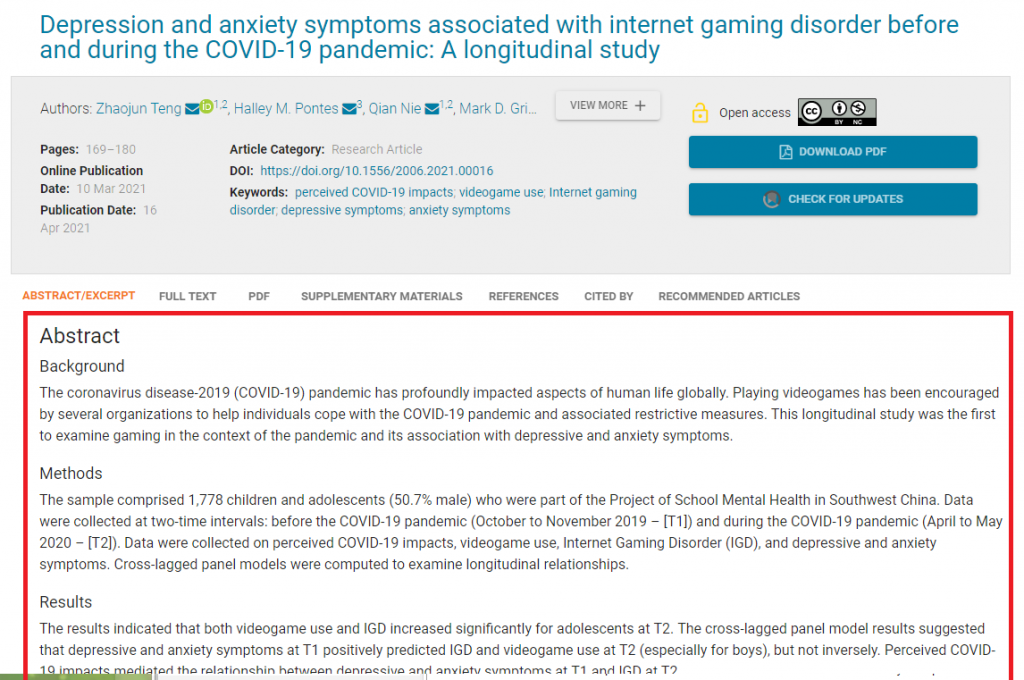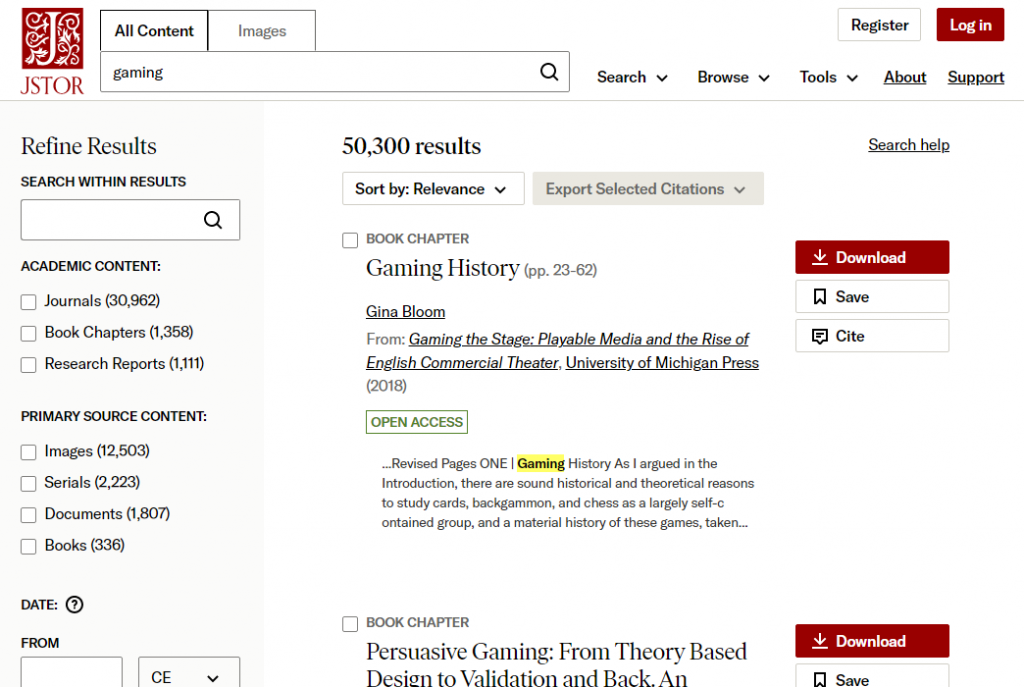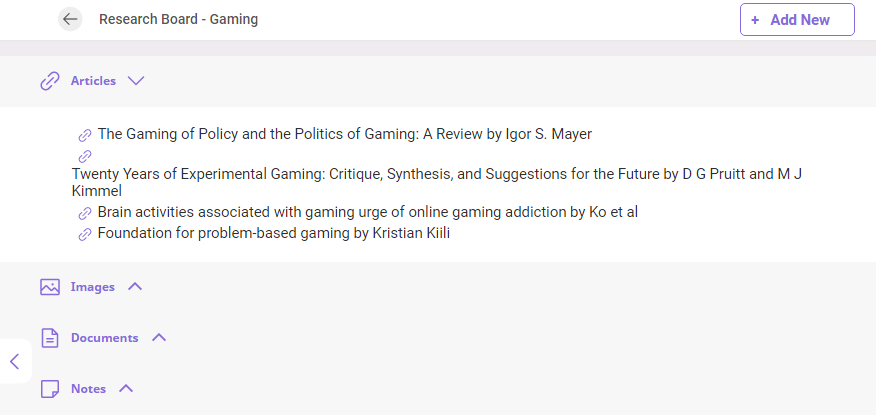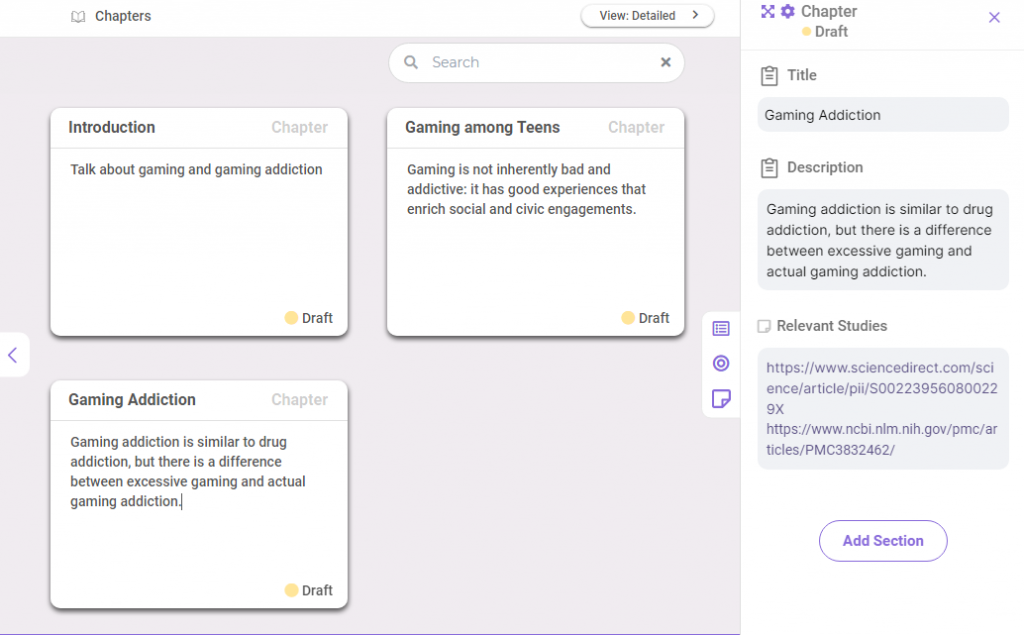How to Write a Literature Review for a Research Paper

It might already be that time of your academic career to start writing your thesis or dissertation. No matter what field you are writing about, you will almost always have to write a literature review for your paper. No doubt the bulk of your research, the literature review is an important part of your research paper, and its writing difficulty properly reflects its significance.
Of course, even if the challenge can be somehow insurmountable, you will need to learn how to write a literature review for your paper. To ease the burden of this piece on your shoulders, we have spun this guide on how to write a literature review for you so that you can properly finish your dissertation/thesis with flying colors.
The Purpose of a Literature Review
A literature review does exactly what its name suggests: it reviews the literature available related to your topic or field. This means that a literature review will talk about various studies, theories, and techniques around your topic and create connections and inferences to help define your dissertation’s position in the current state of the field.
Aside from a written exercise of your scholarly knowledge and expertise on the topic, the literature review can also serve as a theoretical background for your thesis. By drawing upon the conclusions of other credible studies, you can build the framework upon which you’re writing your paper.
In a way, the literature review validates your thesis topic: it identifies the gap in the field that you’re trying to fill, clarifies inconsistencies within the field, and/or provides a background on why your topic is relevant and worthy of pursuit.
How to Write a Literature Review
Now that you understand the importance of a literature review, it’s time to finally dig into the nitty-gritty and how to actually write a literature review.
Research, Research, Research
If the heading being “research” written thrice does not convey the important repetition of the process, then we will reiterate it again: you have to research over and over. However, you don’t have to blindly research studies and theories about your topic. You have to be smart about it: utilize keywords and tags that are relevant to your thesis.

To help you with your research, you can actively look for a study’s abstract before attempting to find the entire study. The abstract is often a short overview of the study, containing important information such as the hypothesis, methodology, and results of the study within less than 500 words. By reading the abstract first, you can save so much time in researching.
An important thing to note while researching is to follow relevant studies that were also discussed or mentioned in the studies you found first. This can and will end into a research rabbit hole, following leads about the topic until you have exhausted the depth of the keyword. As long as the study deals with your topic, you can freely pursue the rabbit hole further.
In this same sense, a study cited by multiple studies you’ve found to be relevant to yours is almost always a good thing to include for your research.

Another point of importance during this step is the credibility of your studies. The easy way in determining the credibility of the papers you are researching is to make sure you are looking in the right place. This means ditching the casual Google Search and opting for the academic Google Scholar, your university’s own library, and other research databases like JSTOR.
Since this process will likely fill your mind with multiple studies and sources and links, LivingWriter’s Research Board can help you keep track of them all in an orderly fashion. The Research Board allows you to store links and PDF documents inside LivingWriter, so that you can easily retrieve them when it’s time for you to write a literature review.

A cool feature of the Research Board is that you can categorize your research materials, so that you can easily find the relevant information without digging through the bulk of your materials. The Research Board’s significance will be most appreciated, however, when you start to cite sources and you will need those sources in a jiffy.
Organize Your Research
After all that exhaustive research, you’d like to think you’re not yet done. Nope, not at all. In fact, you just barely started.
Now that you have the studies, it’s time for you to organize them into headings. This will cover grouping studies by their topics, even if they have contrasting conclusions. Identify patterns and trends, as well as theories and techniques discussed in the studies, and organize them accordingly.
Additionally, this part will also determine how you will structure your literature paper. There are many ways to organize your paper:
- In chronological order, which will emphasize the development and evolution of the literature through time.
- A thematic approach, breaking down the topic into specific aspects and dealing with studies that talk about these aspects
- Breaking up your literature review into a critical analysis of the varying methodologies employed among the studies as a way of comparing and contrasting them
- Writing for a theoretical framework that involves the discussion of other relevant theories and concepts
As you write a literature review, organizing them properly will make your paper easy to follow and understand. To make organizing easier, you can utilize LivingWriter’s Outlines and Chapters, which is not just limited for writing story outlines. The fact that you can have a chapter, its description, and extra notes all in one place makes organizing your literature review so much easier.

If you want a finer way of organizing, the Plot Board is a great way of keeping track of your numerous themes and how they would all flow within your review. The options for organizing in LivingWriter are simply robust and reliable!
Introduction and Conclusion of the Literature Review
As a written piece, the literature review still follows the usual introduction-body-conclusion format common among all other scholarly articles. For this part, we will talk about the elementary introduction and conclusion.
As with any introduction, you will start with introducing your thesis statement. This entails talking about your own topic and providing an overview of the possible topics that will be discussed in the body of the paper.
The conclusion is also similar to any other conclusion: summarize the important points in your paper and tie it all back to your thesis statement.
As you write a literature review, the introduction and conclusion, despite being the shortest parts, should still be given consideration as the former provides a preview of the body and the latter summarizes your findings. They are useful in re-aligning the readers back to your thesis, after talking about other studies in the body, which you will do in the next tip.
Synthesize the Studies
The literature review is more than just the retelling of the studies you have gathered in the research process. Perhaps the most important step in the writing of the body of the literature review, you have to synthesize the findings from these studies. What is synthesizing, I hear you ask? Well, synthesizing is the “creating connections” part of the literature review.
You can treat the studies as individual data points that effectively do nothing but convey information independently. However, once you provide your own analysis and interpretations of the study in the context of your own topic, you enrich the reader’s view on your topic.
A common pitfall as you write a literature review is when you summarize each study in their own paragraph. It is indeed an easy way around writing it, but it does not make your literature review an actual review of the literature. You are only summarizing the study, which is half the job of the review.
A better way of structuring your literature review can be to write it as if you are arguing, citing multiple sources that support your claims. This is especially applicable for topics in the humanities. For the sciences, you might want to opt for a truly synoptic view of the results and methodologies, with the addition of how these can affect your own topic and methodologies.
Another part of synthesizing the sources is evaluating the studies. You should not blindly agree to your sources; analyze their methodologies and identify its strengths and weaknesses. This will help you navigate through your own thesis as well: by knowing the common pitfalls that authors in your field have done, you can avoid them in your own dissertation. On the flip side, you can pick up some good methods from the studies to improve your own methodology.
Write Your Literature Review in LivingWriter
Writing your literature review will no doubt be a colossal task to do, even for the greatest of researchers. That’s why we recommend you try out LivingWriter. Not only is its repertoire of features helpful for fiction writers, but also for academic writers like yourself! Try out LivingWriter today!